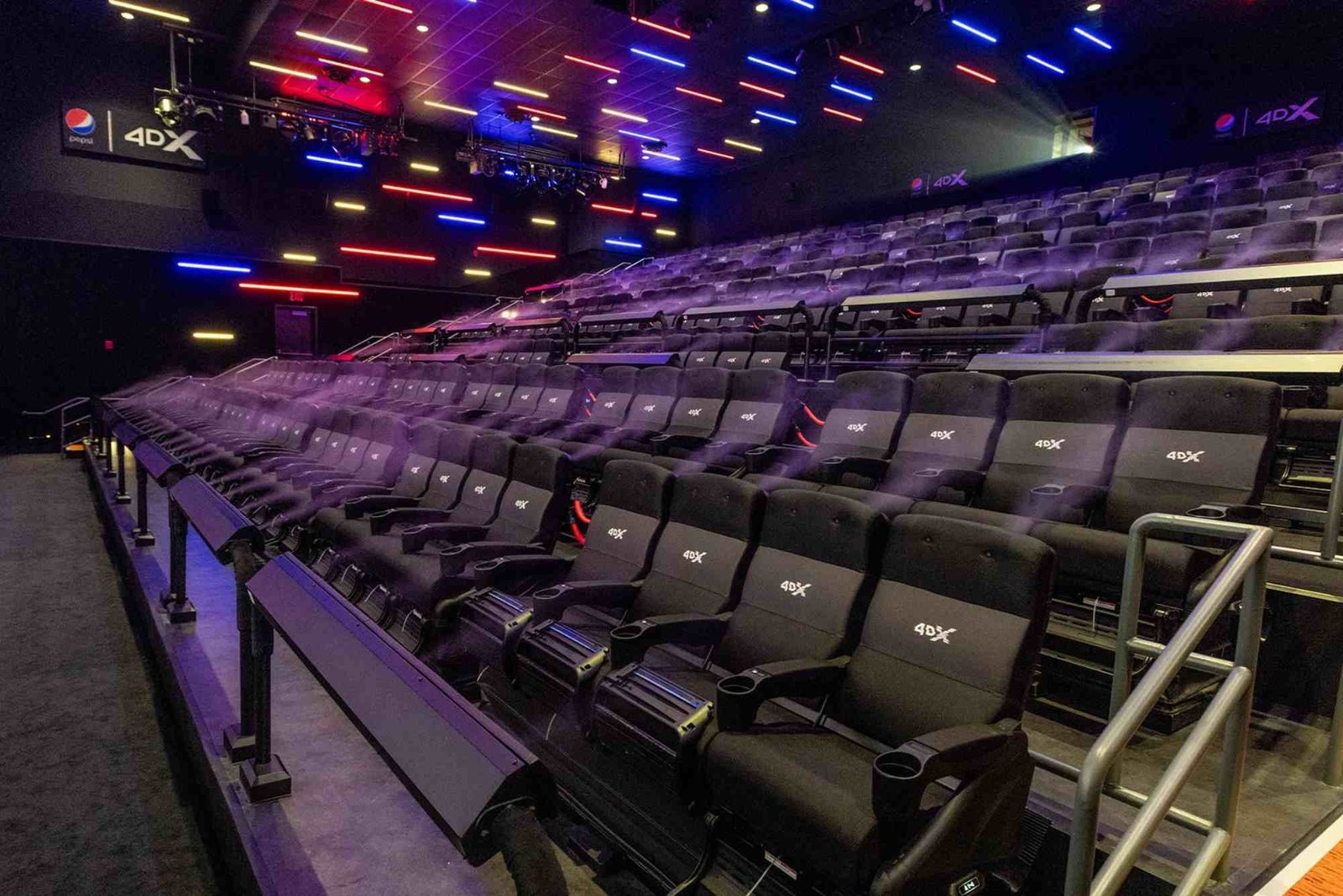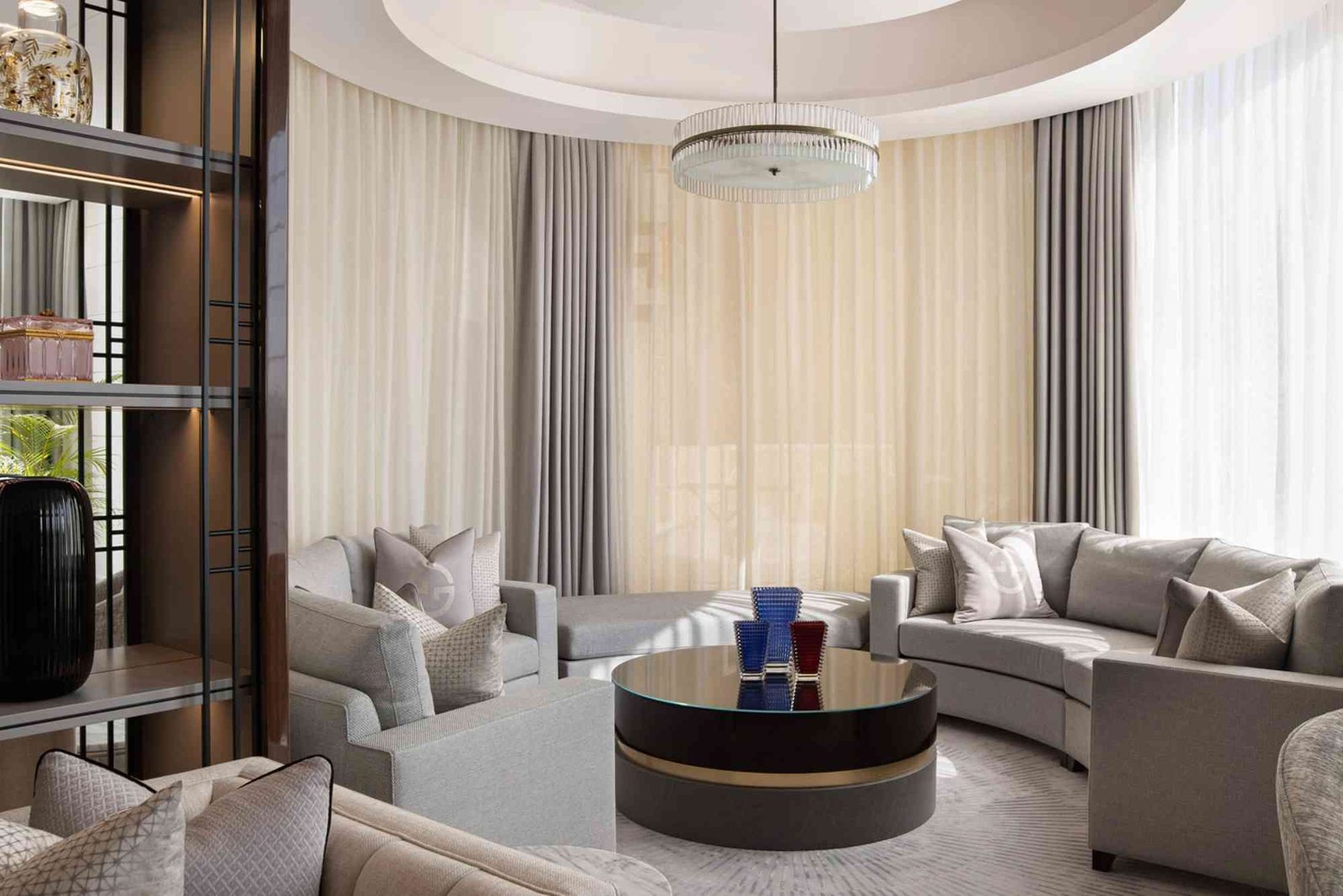Introduction
The world of retail is rapidly transforming, and one of the most exciting events driving this change is the Retail Innovation Summit. This annual gathering brings together visionaries, retailers, designers, and technology experts to discuss emerging trends and practical strategies. Among the key topics shaping retail’s future, visual merchandising stands out as both an art and a science. The summit not only explores new tools and technologies but also shares practical insights that even beginners can apply immediately. If you want to learn about how is retail innovation summit shaping visual merchandising, you’re in the right place.
The Power of Visual Merchandising in Modern Retail
Visual merchandising is more than just arranging products attractively. It’s about telling a story that resonates with customers, evokes emotion, and inspires purchases. In today’s competitive market, shoppers expect more than shelves of products—they crave experiences. Successful retailers use layout, lighting, digital displays, and sensory engagement to create immersive environments that reflect their brand identity.
What’s fascinating is how visual merchandising has evolved from static displays to interactive storytelling. The Retail Innovation Summit sheds light on how modern tools, such as augmented reality, 3D modeling, and data-driven design, help retailers personalize visual strategies. These innovations ensure every inch of the store contributes to a cohesive customer journey—from the entrance to the checkout.
How the Retail Innovation Summit Is Driving Transformation
The Retail Innovation Summit acts as a launchpad for new ideas in visual merchandising. Experts share insights into how data analytics, sustainability, and digital integration are changing the way stores design and present products. For instance, using AI-powered design systems, retailers can now analyze customer behavior patterns to adjust displays in real time.
Moreover, sustainability is a dominant theme. Many brands now use eco-friendly materials for displays and signage, aligning with global consumer awareness of environmental responsibility. Discussions at the summit also highlight how sensory experiences—like ambient scents, lighting tones, and interactive product demos—boost brand recall and customer satisfaction.
Integration of Technology and Design
One of the most notable influences from the Retail Innovation Summit is the fusion of technology and creativity. Retailers are no longer limited to physical displays. Digital signage, motion sensors, and projection mapping allow brands to create dynamic storytelling environments that adapt based on the audience.
For example, luxury fashion brands have started using AI-generated window displays that change with the time of day or customer demographics. These interactive setups not only attract attention but also collect valuable engagement data.
Data-Driven Visual Merchandising
Another major takeaway from the summit is the emphasis on data. By using analytics, retailers can understand which displays generate the most engagement, where customers linger, and which layouts lead to higher sales. This data allows them to refine their merchandising strategies continuously.
Imagine having heat maps that reveal foot traffic patterns in a store. Retailers can use this information to place high-margin items strategically or optimize product visibility. These insights turn visual merchandising from a creative guesswork process into a measurable science.
The Role of Sustainability and Ethics
Modern consumers care deeply about ethical business practices. The Retail Innovation Summit encourages retailers to design displays that reflect sustainable values. Reusable display structures, recyclable materials, and minimalistic designs not only reduce waste but also communicate a powerful brand message. A visually appealing yet eco-friendly display tells customers that the brand values both aesthetics and responsibility.
Practical Visual Merchandising Tips for Beginners
While large retailers may have big budgets and advanced tools, beginners can still apply practical lessons from the Retail Innovation Summit. Here are some foundational principles every new visual merchandiser should know.
Understand Your Target Audience
Every design decision should start with understanding your audience. Who are your customers? What motivates them? If your target market values luxury, your displays should feel elegant and refined. If they prefer convenience and simplicity, opt for clean, minimal designs. A well-defined audience profile helps guide everything—from color choices to product placement.
Create a Clear Focal Point
A successful visual display leads the customer’s eyes naturally to the key product. Use lighting, height variations, and contrasting colors to create a focal point. Avoid overcrowding the display; instead, let each element breathe. The goal is to direct attention, not overwhelm the viewer.
Use Color Psychology
Colors play a crucial role in influencing emotion and behavior. Warm tones like red and orange evoke excitement and urgency, while cooler shades like blue and green inspire calmness and trust. The Retail Innovation Summit emphasizes that combining brand colors with seasonal palettes keeps displays fresh and engaging.
Keep Displays Dynamic
Static displays lose attention over time. Change layouts periodically to reflect new arrivals, holidays, or promotions. This strategy creates anticipation and encourages repeat visits. Even small changes, such as rotating product placement or altering lighting angles, can make a big difference.
Optimize Lighting
Lighting can make or break a display. Soft, ambient lighting works well for lifestyle brands, while focused lighting enhances premium or featured products. Experiment with angles and intensities until you find what best complements your brand’s tone.
Tell a Story Through Arrangement
The best visual merchandising displays tell stories. They show how products fit into real-life scenarios, inspiring customers to imagine owning them. For example, a home décor store might design a cozy living room setup using its products, while a fashion retailer might style mannequins to represent a complete lifestyle look.
Leverage Digital Tools
Beginners can use affordable digital design tools to plan and visualize their displays. Software like SketchUp or Adobe Dimension allows users to experiment with layouts and lighting before physical implementation. The Retail Innovation Summit demonstrates how even small retailers can benefit from such technologies without huge investments.
Emerging Trends from the Retail Innovation Summit
Visual merchandising continues to evolve as technology, psychology, and sustainability intersect. Here are some of the key trends discussed during the most recent summit.
Experiential Retail
Retailers are increasingly turning stores into immersive experiences. Instead of simply displaying products, they design spaces that invite exploration. For instance, interactive mirrors in clothing stores let customers try on items virtually. These innovations enhance engagement and make shopping more memorable.
Augmented Reality (AR) Integration
AR is revolutionizing how consumers interact with products. Using smartphones or AR-enabled displays, customers can visualize furniture in their homes or see how a pair of shoes looks from every angle. This blending of digital and physical experiences is a recurring highlight at the summit.
Personalization Through AI
AI technology now helps retailers customize in-store experiences based on individual preferences. Dynamic displays adapt to customer profiles, showing personalized recommendations. This level of personalization boosts satisfaction and loyalty.
Minimalist and Sustainable Displays
Simplified, clutter-free visual designs are trending. Brands focus on “less is more,” using natural textures and sustainable materials. This aligns with both aesthetic preferences and growing environmental awareness.
Why the Retail Innovation Summit Matters
The summit acts as a bridge between innovation and practice. It brings together experts who share success stories, research, and actionable strategies. Whether you’re a beginner or a seasoned retailer, these insights can reshape how you approach store design and product presentation. Moreover, the event inspires collaboration among professionals, fostering a global community dedicated to improving retail experiences.
The Future of Retail Is Visual
The Retail Innovation Summit continues to redefine how retailers approach visual merchandising. By combining creativity, technology, and strategy, it empowers even beginners to transform simple store displays into captivating customer experiences. As retail evolves, visual storytelling will remain central to connecting brands with their audiences. If you want to dive deeper and learn about how is retail innovation summit shaping visual merchandising, visit AerialLoop’s detailed guide.
For more insights on retail trends and creative display ideas, browse more blog articles. And if you’re curious about global business innovations, explore Wikipedia for additional context.
In this fast-changing retail landscape, staying informed and adaptable is the key to success. Whether you’re designing your first display or planning a full retail transformation, let the inspiration from the Retail Innovation Summit guide your next step toward a more engaging, visually compelling future.
FAQs
What is visual merchandising in retail?
Visual merchandising is the strategic design of retail displays and environments to attract customers and drive sales through appealing product presentation.
How does the Retail Innovation Summit influence trends?
The summit gathers industry experts to share innovations, technologies, and best practices, influencing global retail strategies for the coming year.
What technologies are transforming visual merchandising?
Key technologies include augmented reality, artificial intelligence, digital signage, and data analytics, all enhancing display design and personalization.
Can small retailers implement these ideas?
Absolutely. Even with limited budgets, small retailers can apply principles such as clear focal points, storytelling displays, and lighting optimization effectively.
Why is sustainability important in visual merchandising?
Sustainable design appeals to eco-conscious consumers, reduces waste, and strengthens a brand’s ethical reputation in today’s competitive market.









